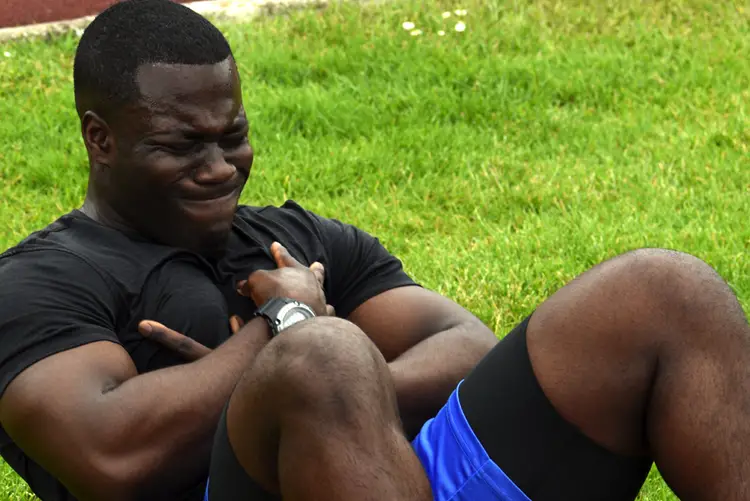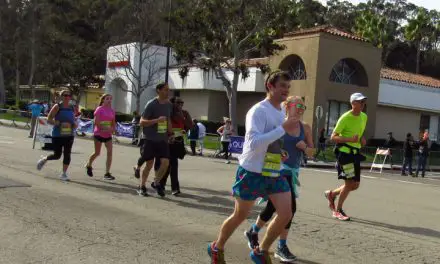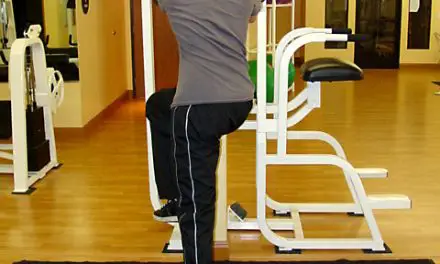Some personal trainers and physical therapists believe that certain exercise modalities are “better” than other types of modalities or exercises for working with clients and patients with low back pain. However, years of data and research indicate that these ideas may not be very true.
Two latest Cochrane Reviews conducted by researchers at the University of Sydney showed that motor-control exercises (MCE) are not much any better than other types of exercises for chronic and acute low back pain. Out of 29 trials reviewed for chronic low back pain and three trials for acute low back pain, the researchers had drawn similar conclusions about the efficacy and effectiveness of MCE. (1,2)
“Motor-control exercise aims to improve the coordination and control of the trunk muscles. MCE is not like a typical gym exercise, the idea is to re-learn how to isolate and activate certain muscles (i.e., transversus abdominis and multifidusfi), and then incorporate them into more complex and functional movements,” Bruno T. Saragiotto explained to Massage & Fitness Magazine, who is a physiotherapist and a PhD candidate at The George Institute for Global Health at the University of Sydney.
“It is usually performed as a supervised exercise. An example would be to lie down and draw your lower abdomen in toward your spine to learn how to activate these muscles. Some studies in our review reported ‘core exercises’ or ‘“stabilisation exercises,’ which we included although these exercises are not entirely included in the definition of MCE.”
Patients should consider the cost-effectiveness and their own preferences when choosing an exercise intervention.
Saragiotto added that they evaluated the quality of the evidence and methodological quality of each study in the inclusion trials. “We also performed a sensitivity analysis including only studies with high quality and the results remained the same.”
What the reviews DO NOT say is that therapists and trainers should discard MCE or similar exercise modalities. Almost any type of movement or exercise can benefit those with acute or chronic low back pain.
“The non-MCE exercises included a wide variety of exercises (i.e., general exercises, aerobic exercises, stretching, general strengthening). It is already known that exercise is effective for low back pain irrespectively for the type of exercise,” Saragiotto explained. “If you have a previous training or experience on MCE, you should use because it seems to be effective just like other exercises, the same if you are trained in another type of exercise (i.e., Pilates), they seem to be equally effective.
“The open question here is whether there is a subgroup of patients that would respond better to MCE than other type of exercises, but we can’t answer this question yet.”
When asked about the reliability of the acute low back pain review due to the low number of trials reviewed, Saragiotto stated that there are no firm conclusions can be drawn about MCE and acute low back pain. “Our evidence was mostly of very low/low quality. On the other hand, we had more robust findings for chronic LBP.”
“For patients, they should consider costs and their preferences to choose the right exercise for them.” ~ Bruno Saragiotto, PT
Saragiotto and his colleagues also compared MCE and electrophysical agents (EPA) for low back pain, in which the latter include transcutaneous electrical nerve stimulation (TENS) and other electrical stimulation. “In our review, the quality of evidence was very low for this comparison and we had only few studies, so we don’t think we have enough evidence for this comparison,” Saragiotto said.
These reviews seem to go along with the idea that manual therapists (and trainers and coaches) should adopt a more “interactor” approach to working with patients, clients, and athletes rather than leaning toward an “operator” approach. In the Journal of Manual and Manipulative Therapy, authors Diane Jacobs and Dr. Jason Silvernail described the operator approach as “the patient is a passive recipient of the manual act.” The patient or client passively receives the work while the therapist and the modality get most of the credit.
An interactor approach, however, involves “the context of the treatment including the technique, the provider, the participant, the environment, and the interaction between these factors may contribute to patient outcomes.” Thus, it is not just about the technique or modality; therapists and trainers need to take a broader view and approach to working with those in pain.
References
1. Saragiotto BT, Maher C, Yamato TP, Costa LOP, Menezes Costa LC, Ostelo RWJG, Macedo LG. Motor control exercise for chronic non-specific low-back pain. Cochrane Database of Systematic Reviews 2016, Issue 1. Art. No.: CD012004. DOI: 10.1002/14651858.CD012004.
2. Macedo LG, Saragiotto BT, Yamato TP, Costa LOP, Menezes Costa LC, Ostelo RWJG, Maher C. Motor control exercise for acute non-specific low back pain. Cochrane Database of Systematic Reviews 2016, Issue 2. Art. No.: CD012085. DOI: 10.1002/14651858.CD012085.
3. Jacobs D, Silvernail J. Therapist as operator or interactor? Moving beyond the technique. J Man Manip Ther. 2011 May; 19(2): 120–121. DOI: 10.1179/106698111X12998437860794
A native of San Diego for nearly 40 years, Nick Ng is an editor of Massage & Fitness Magazine, an online publication for manual therapists and the public who want to explore the science behind touch, pain, and exercise, and how to apply that in their hands-on practice or daily lives.
An alumni from San Diego State University with a B.A. in Graphic Communications, Nick also completed his massage therapy training at International Professional School of Bodywork in San Diego in 2014.
When he is not writing or reading, you would likely find him weightlifting at the gym, salsa dancing, or exploring new areas to walk and eat around Southern California.





